
Mars has always been a source of intrigue for astronomers and scientists alike. Its reddish hue, caused by iron oxide on its surface, often gives the impression of a barren and desolate world. Yet, ongoing exploration has revealed strange and puzzling features that seem completely out of place. So, let’s explore five features on Mars that look as though they shouldn’t exist.
The Face on Mars
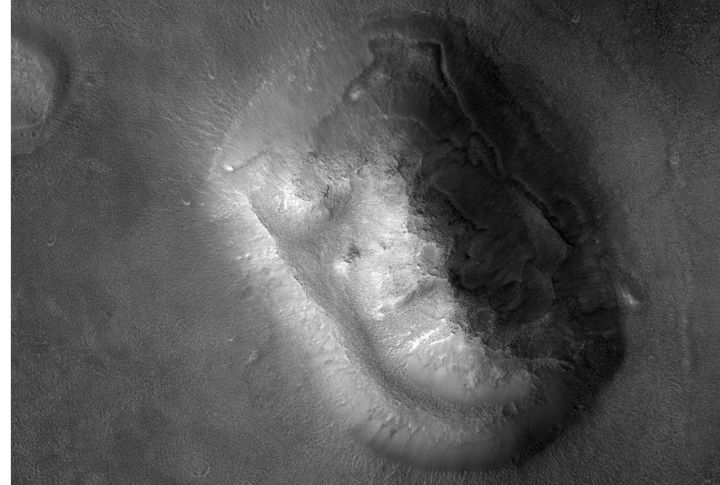
One of the most debated features on Mars is the “Face on Mars,” discovered by NASA’s Viking 1 orbiter in 1976. Located in the Cydonia region, this rock formation initially appeared to resemble a human face. However, later high-resolution images taken by NASA’s Mars Global Surveyor in 1998 revealed that the “face” is simply a natural rock formation.
The Spider Formations

On Mars’ southern polar region, a series of intricate “spider” patterns stretch across the surface. First spotted by NASA’s Mars Orbiter Camera in 1999, these formations are made up of deep radial fissures that resemble the legs of a spider. The process behind their creation involves seasonal changes in Mars’ ice caps.
Cannonball Rocks

While similar spherical formations have been observed on Earth, the sheer abundance and consistent size of the cannonballs on Mars make them particularly intriguing. Their smooth appearance has prompted researchers to speculate about the planet’s past. These strange rocks serve as reminders of Mars’ potential for once having conditions conducive to life.
The “Pyramid” in the Cydonia Region

In addition to the famous “Face,” the Cydonia region of Mars features another anomaly: a large, pyramid-like structure. Early images of the feature, taken in the 1980s, suggested it might be a human-made monument, sparking speculation about an ancient Martian civilization. However, later investigations indicated that this structure is likely a result of natural erosion.
Water Channels

Mars features numerous valleys and channels that look like dried-up riverbeds or watercourses. These channels are scattered across regions like the Valles Marineris and the Noctis Labyrinthus, areas that suggest water once flowed freely across the surface. The presence of these features hints at a much warmer and wetter Martian past, potentially capable of supporting life.










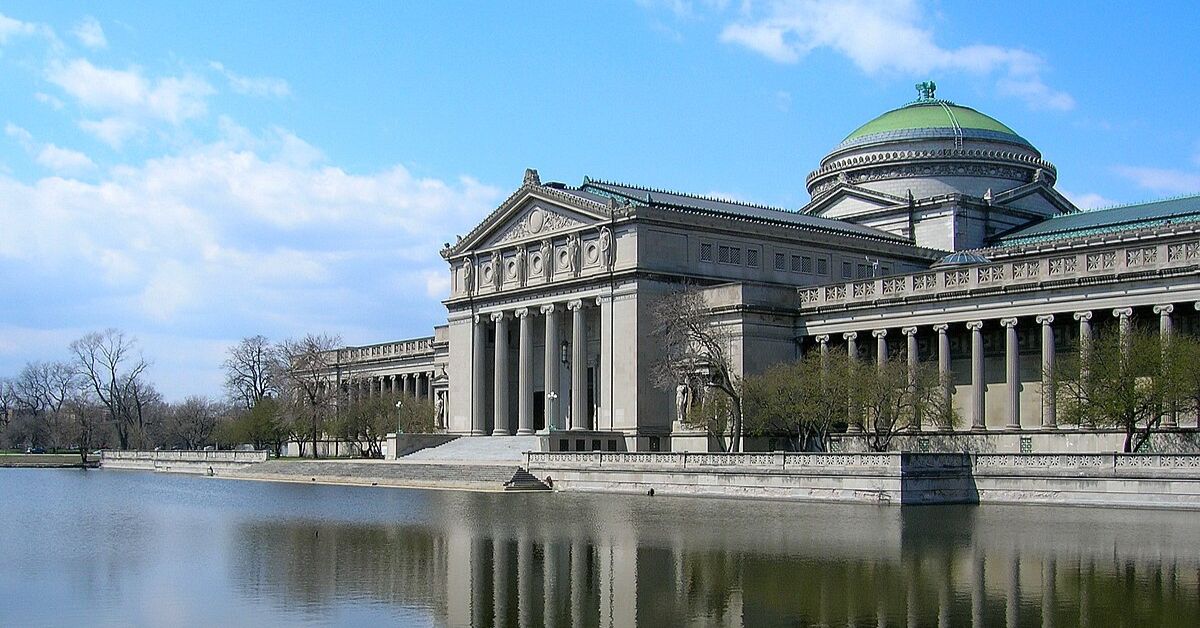
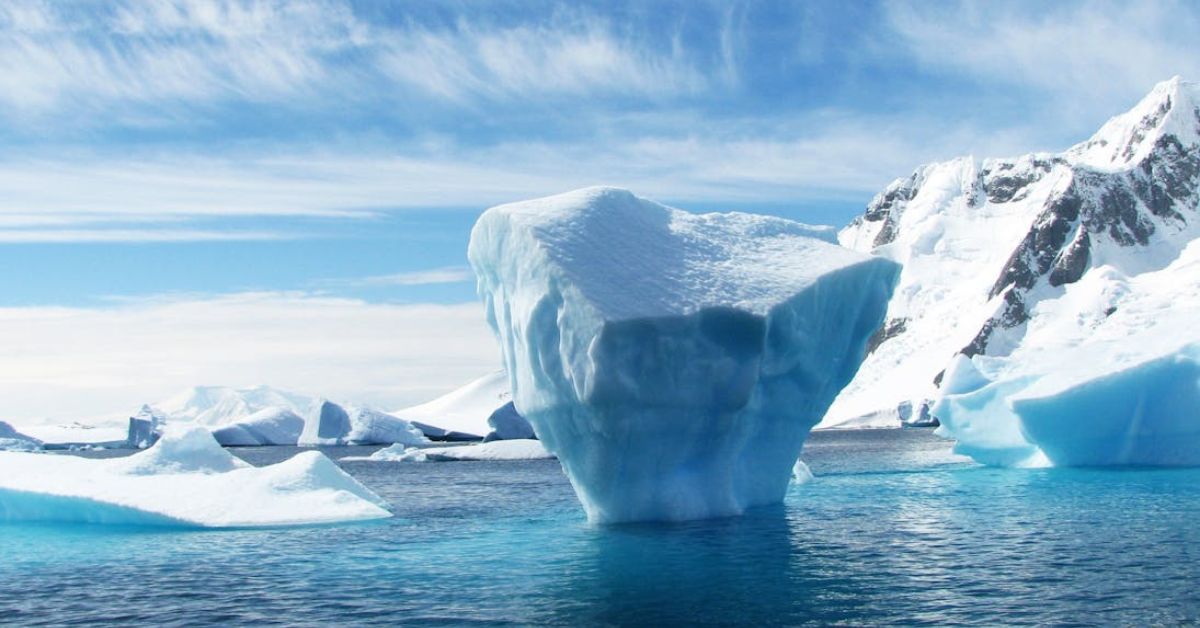


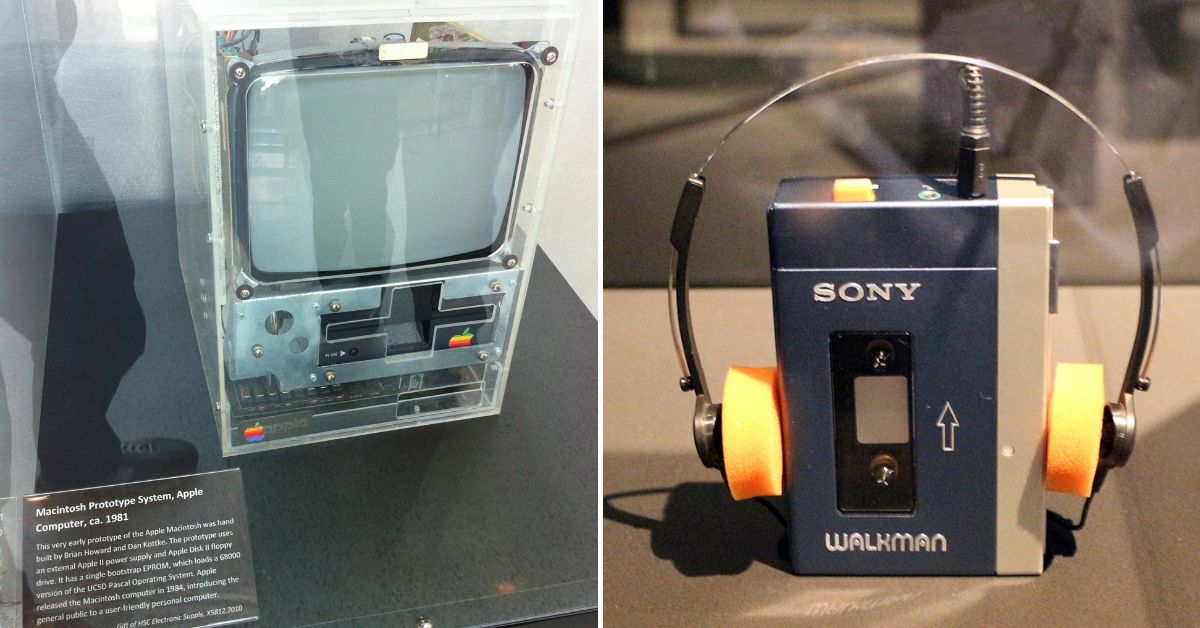
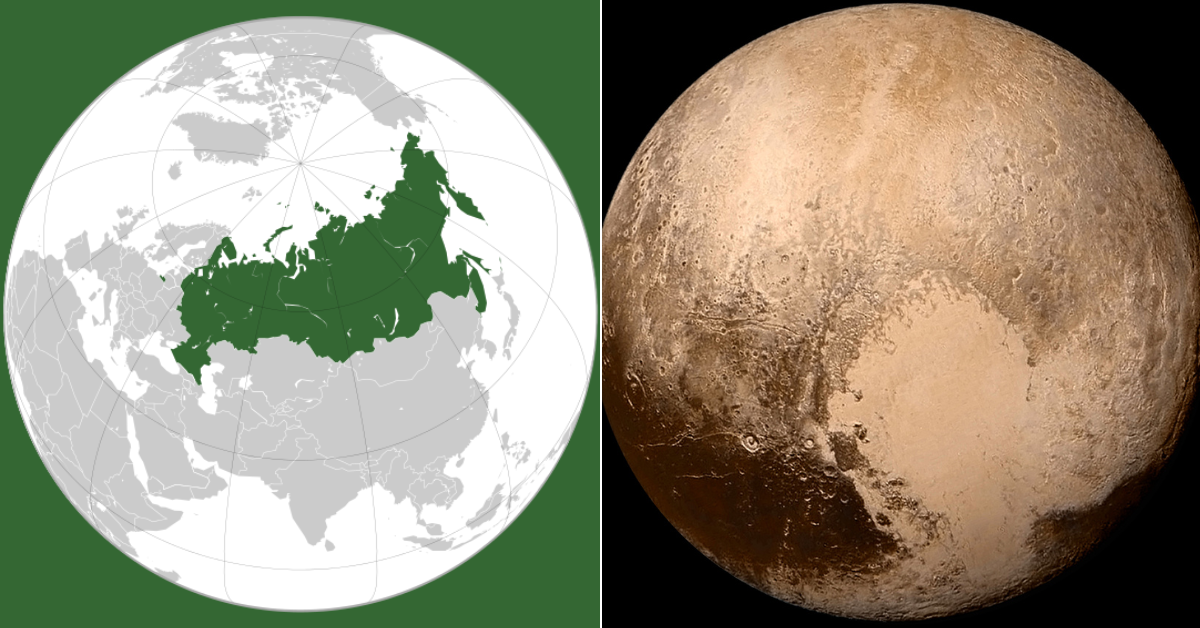
GIPHY App Key not set. Please check settings